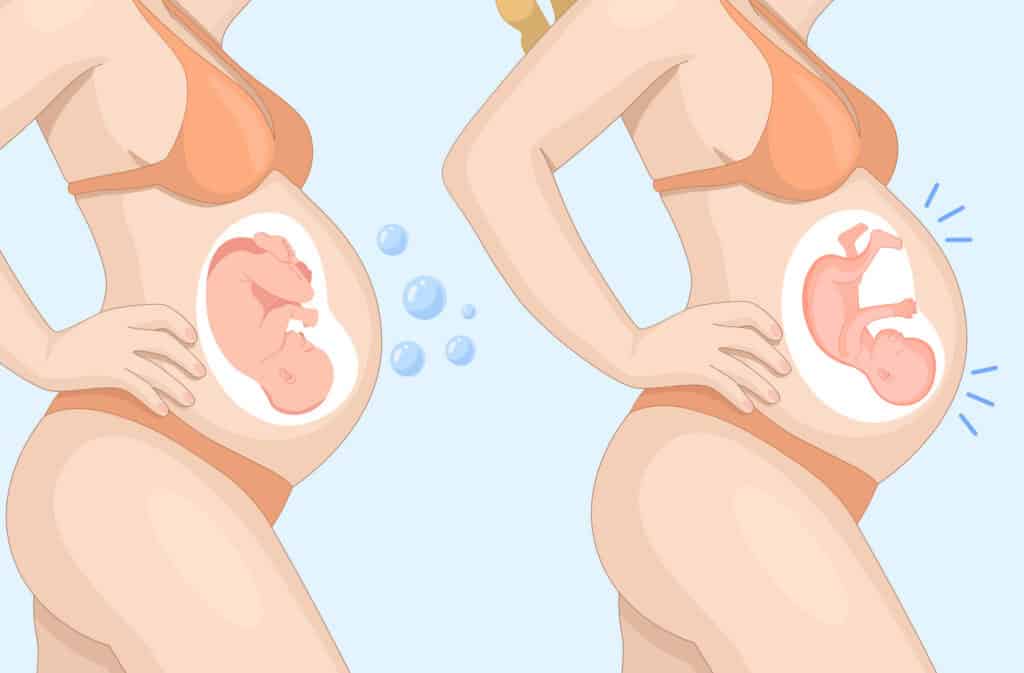What to Do if You Notice Unusual Posture or Movement in Your Baby

As a parent, you’re naturally tuned into your baby’s every movement — from the first smile to early wobbly steps. While every child grows at their own pace, sometimes certain physical behaviors stand out as unusual. If you notice your baby displaying odd postures, stiff or floppy movements, or delays in motor skills, it’s important to pay attention. These signs may be harmless variations — or they could be early indicators of a neurological condition such as cerebral palsy.
Understanding what to look for, when to seek help, and how to support your child can make a big difference in their development and overall well-being.
Understanding What’s “Unusual”
Babies grow and change rapidly in their first year. Movements that seem odd one week may vanish the next. Still, certain patterns may suggest a need for closer observation. Some of the most common signs that may raise concerns include:
- Persistent stiff or tight muscles
- Floppiness or lack of muscle tone
- Favoring one side of the body
- Uncoordinated or jerky movements
- Delays in rolling, sitting, crawling, or standing
- Unusual posture such as clenched fists or scissoring legs
These may be early signs of cerebral palsy, a condition caused by abnormal brain development or brain injury before, during, or shortly after birth. Not all unusual movements mean a child has cerebral palsy, but these red flags should not be ignored.
What Is Cerebral Palsy?
Cerebral palsy (CP) is a group of disorders that affect muscle tone, coordination, and movement. It is one of the most common motor disabilities in children. Symptoms range from mild to severe and often become noticeable in infancy or early toddlerhood.
The most common type is spastic cerebral palsy, which causes stiff muscles and awkward movements. Other types may involve involuntary movements or problems with balance and coordination.
Though cerebral palsy is a lifelong condition, early intervention can significantly improve outcomes and help children lead active, fulfilling lives.
When to Consult a Doctor
If you notice persistent or concerning signs in your baby’s posture or movement, don’t wait to bring them up at your next pediatric appointment. Trust your instincts — you know your child best.
You should consult a doctor if:
- Your baby isn’t meeting key motor milestones
- There is a consistent preference for one hand or side of the body before 12 months
- Muscle stiffness or floppiness doesn’t improve with age
- Your baby appears to have poor control over head, arms, or legs
A doctor may begin with a physical and developmental assessment. If needed, they may refer you to a pediatric neurologist or specialist for further evaluation, including imaging like an MRI.
Diagnosing Cerebral Palsy
There is no single test to diagnose cerebral palsy, but doctors use a combination of tools:
- Developmental screenings and milestone tracking
- Neurological exams
- Imaging (such as MRI or CT scans)
- Muscle function assessments
A diagnosis may not happen right away. In some cases, children are monitored over several months before cerebral palsy is confirmed.
Early Intervention Matters
If cerebral palsy is diagnosed — or even suspected — early intervention is key. Babies’ brains are highly adaptable, especially in the first few years of life. The earlier therapy and support begin, the greater the chance of improving function and preventing complications.
Treatment plans may include:
- Physical therapy to improve strength, mobility, and flexibility
- Occupational therapy to help with daily tasks like grasping and feeding
- Speech therapy if communication or swallowing is affected
- Use of assistive devices such as braces or walkers
Each child’s needs are different, so therapies are tailored to their individual challenges and strengths.
Supporting Your Baby at Home
Whether your baby is diagnosed with cerebral palsy or not, your support at home plays a vital role. Here are a few ways you can help:
- Encourage gentle movement and tummy time
- Offer toys and activities that promote motor skills
- Celebrate small milestones and progress
- Work closely with healthcare providers and therapists
- Connect with support groups for emotional and practical guidance
Parenting a child with cerebral palsy can be challenging, but also incredibly rewarding. With the right tools and support, many children grow up to be independent and accomplished in their own ways.
Conclusion
Unusual posture or movement in babies can be concerning, but they don’t always signal a major problem. Still, they should never be dismissed. Early signs could point to cerebral palsy, and recognizing them can lead to timely diagnosis and intervention. If you’re ever in doubt, consult your pediatrician and advocate for your child. Early action, love, and consistent care can help your baby thrive — no matter the diagnosis.



Leave a reply